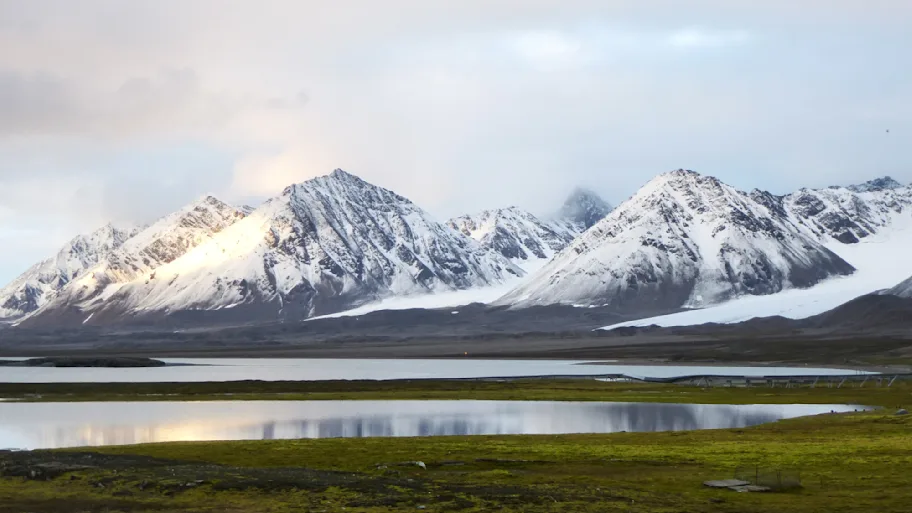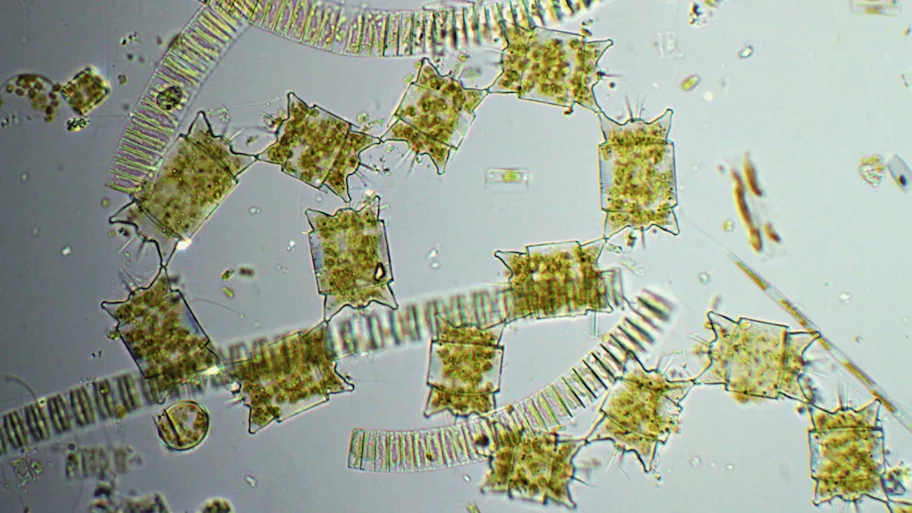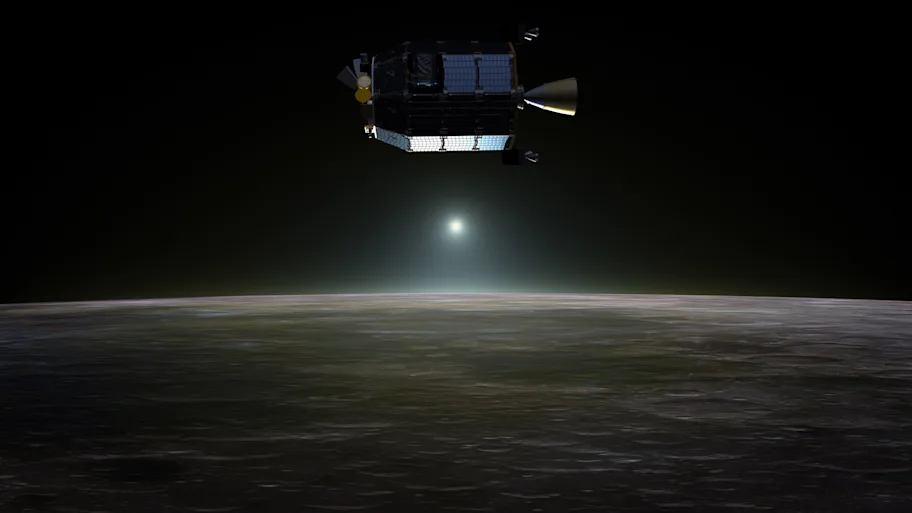
- Science News
- Climate action
- Dire predictions and global updates at AGU 2015
Dire predictions and global updates at AGU 2015
Dire predictions and global updates dominated the course of two AGU 2015 press conferences on December 15 and 16. While the last year has seen increasing tension develop between Republican members of the US Congress and the NASA Earth Sciences Program over budget cuts, conferences on the polar ice sheets pulled no punches in laying out the effects of climate change in these areas. The first of these conferences was the presentation of the year’s Arctic Report Card, a now-annual event at the AGU Fall Meeting.
Arctic Record Card 2015
Tuesday, 15 December
Rick Spinrad, National Oceanic and Atmospheric Administration (NOAA) Chief Scientist, Washington, D.C., U.S.A.
Martin Jeffries, Arctic Science Advisor and Program Officer for Arctic and Global Prediction, U.S. Office of Naval Research, Arlington, Virginia, U.S.A.
Jacqueline A. Richter-Menge, Research Civil Engineer, U.S. Army Corps of Engineers’ Cold Regions Research and Engineering Laboratory, Hanover, New Hampshire, U.S.A.
Kit M. Kovacs, Biodiversity Research Program Leader, Norwegian Polar Institute, Tromsø, Norway
The Arctic is warming at an alarming rate – twice as fast as lower latitudes, according to a broad consensus in the scientific consensus of that community. In the words of Rick Spinrad, “we know this is due to climate change.” This press conference dealt with the 10th Arctic Report Card, the annual collected findings of a community of more than seventy scientists in eleven countries; focusing on changes in Arctic air and sea temperatures as well as the increasingly vulnerable Greenland Ice Sheet. Also included in this year’s discussion were the effects of Arctic warming on fish and walrus populations.
Dr Jacqueline A. Richter-Menge, of the Cold Regions Research and Engineering Laboratory, noted that the amount of old ice in February 2015 at the winter max period was the smallest on record. That same summer, at the minimum ice period, the amount was the fourth smallest on record. Large fish species such as Atlantic Cod are moving north into colder waters, as these areas are gradually warming, and displacing smaller endemic species; producing a significant knock-on effect in Arctic marine ecosystems.
The decline in sea ice is also forcing walruses ashore in increasing numbers, as noted by Dr Kit Kovac of the Norwegian Polar Institute. Changes to the delicate balance of the ecosystem are leading to a decrease in the walrus birthrate as well as an increase in the age at which female walruses reach sexual maturity. The walrus population, Dr Kovac stated, is estimated to have decreased by 50% in the past decade and sustained changes are expected to continue. As Kovac noted, 2015 saw melting occur over more than 50% of the Greenland Ice Sheet.
While asserting that the changes to the Arctic were the direct result of climate change, Dr Spinrad maintained that such changes do not simply affect that geographic region and its ecosystem, noting that the effects will be felt in global politics and subsequently national security for a number of nations, the United States of America included. The full report can be read here.

(Graph of the variances in the age of ice during the past 3o years. Image credit: Don Perovich, NOAA/Arctic Report Card)
Tracking Ice: the latest measures to measure the Polar ice sheets
Wednesday, 16 December
Andrew Shepherd: Principal Scientific Advisor to ESA’s CryoSat satellite mission and IMBIE’s co-leader; Professor of Earth Observation at the University of Leeds, U.K.; and Director of the NERC Centre for Polar Observation and Modelling, London, U.K.
Erik Ivins: Member of science team for NASA’s Gravity Recovery and Climate Experiment (GRACE) and IMBIE’s co-leader; Senior Research Scientist at NASA Jet Propulsion Laboratory and Pasadena, California, U.S.A.
Thorsten Markus: Project Scientist for NASA’s Ice, Cloud, and Land Elevation Satellite-2 (ICESat-2); Chief of the Cryospheric Sciences Laboratory, NASA Goddard Space Flight Center, Greenbelt, Maryland, U.S.A.
This press conference, led by Dr Andrew Shepherd, presented the latest assessment on changes to the polar ice sheets of both hemispheres; communal assessments based on research and tracking ongoing for several years. Following a brief introduction explaining the importance of tracking, with respect to potential consequences from even minor changes to the ice sheets, Dr Shepherd then noted some difficulties: with reference to the last IPCC report, he explained that estimated sea-level rises from that report don’t fully account for other issues which could contribute significantly: for example, feedback processes such as lubrication, calving (ice shelf collapse) and ocean melting. The need for dialogue and collaboration across various research projects and supranational initiatives was stressed, in order to avoid conclusion pitfalls such as that noted above: the importance of common domains, concurring techniques, essentially combining missions to provide a single community assessment.
In discussing potential sea-rise levels, Dr Shepherd avoided sensationalism, noting a 5% chance of a 50cm rise in sea levels in the next century, or 10% for a 10cm rise, but asking “Do we take that chance?”. In concluding with the need for collaboration among various fields, as imbie was noted as being such a project.

(Image from presentation, Andrew Shepherd)






